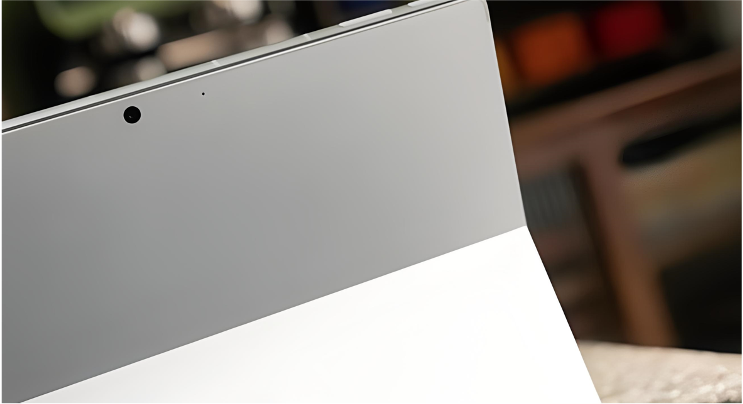Metallization Pattern on Plastic Substrate
Amphenol takes a leading role in providing selective metalized plastic products and their assemblies to the wireless communication or industrial market.

A cluster of LDS laser machines and in-house plating lines offers one of the largest LDS production capacities in the world. In addition to LDS, there are also other selective metallization technologies developed for plastic substrates to best fit different applications, including LEP (Laser Enhanced Plating), LMP (Laser Marking Plating), and selective plated 2-shot molding.
LDS – Laser Direct Structuring. It uses a laser beam to burn and activate target areas on a plastic substrate, and then a metal layer is deposited by chemical plating. LDS-grade plastic resin containing metallic additives should be used to be activated by the laser.
LEP – Laser Enhanced Plating. Similar to LDS in achieving a metal pattern on a plastic substrate, but there is no need for plastic with metallic additives.
LMP - Laser Marking Plating. After a thin layer of metal is chemically plated onto a plastic substrate, laser burning occurs only at the edge of the pattern to isolate pattern areas and non-pattern areas. Then, the pattern areas are connected to an electrical plating electrode to add more metal layers. After that, chemical etching is used to remove the thin metal layer on non-pattern areas.
Selective plated 2-shot molding – Two types of plastic are used for 2-shot molding. The pattern area uses platable plastic and the non-plating area uses non-platable plastic, and then plating is carried out.